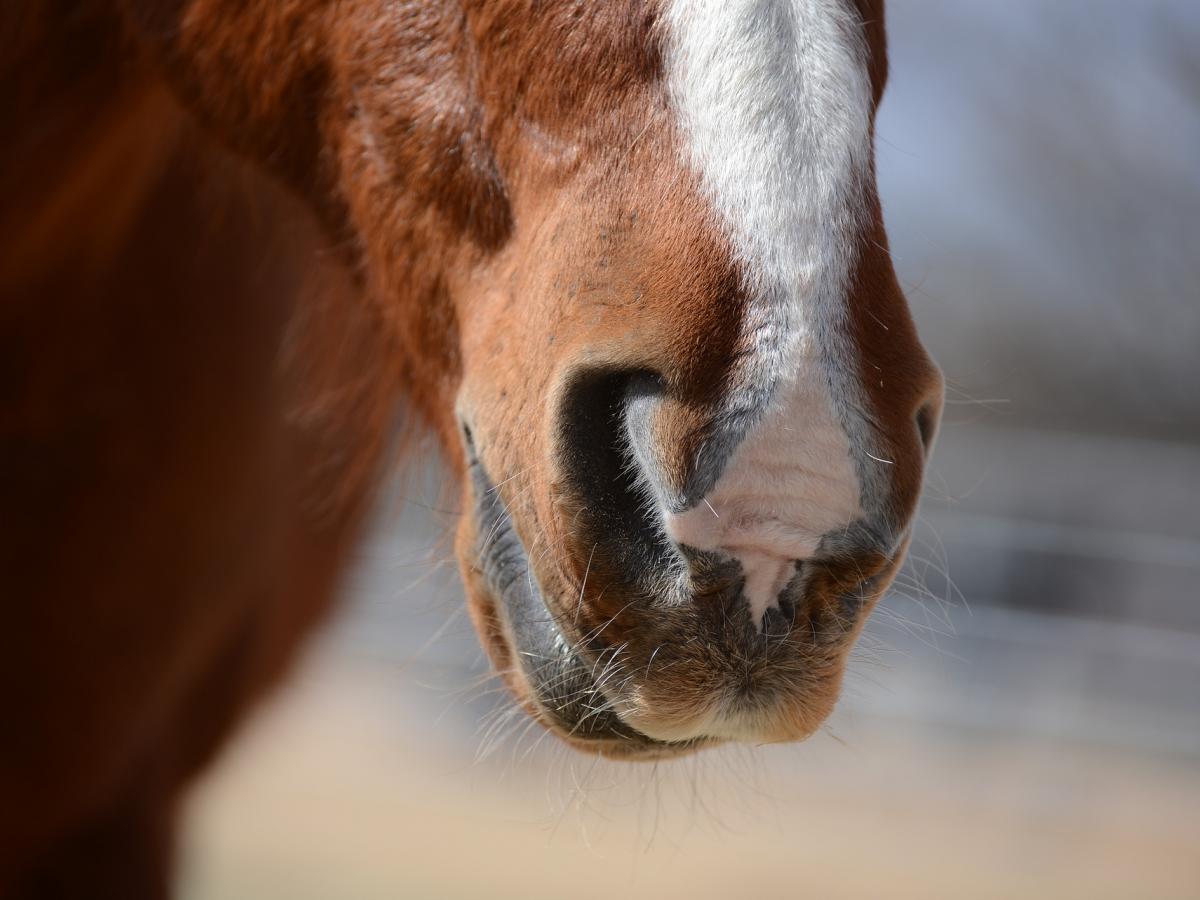
Photo: Pixabay
A new University of Adelaide study has revealed people who compete with their horse are more likely to trim hairs around the ears and muzzle on their horses, despite welfare concerns.
Participants in showing competitions were more likely to trim hairs than other types of competitions.
The study, which has been published in the journal , looked at the attitudes towards facial hair trimming before it was banned in Australia in January, 2022.
It found more than 40 per cent of horse owners in Australia who responded to the survey admitted to trimming ear and muzzle hairs. Of that number, 50 per cent trimmed ear hairs while 34 per cent cut muzzle hairs.
The survey also revealed more than 80 per cent of the owners who trimmed hairs did it before competitions.
Previous research suggests different types of equine facial hairs may have sensory functions, ranging from protecting the horse from insects and dirt to helping with spatial awareness and navigation.
The survey also revealed participants involved in showing competitions were more likely to believe facial hair trimming was a normal practice and felt it was necessary to cut the hairs in order to win competitions. They also were less likely to believe that muzzle and ear hairs were necessary for day to day living.
Horses often have to be held, restrained, or sedated while the trimming is carried out. While the study didn’t assess the impact trimming has on horses, some respondents reported negative effects, with horses becoming agitated during the process.
The ban imposed by Equestrian Australia relates specifically to sensory hairs growing from the muzzle and around the eyes, not in or around the ears.
Further studies are needed to determine if the attitudes of horse owners have changed since the ban was introduced.
The findings from this current study may also help to address non-regulated presentation practices that can compromise welfare, such as clipping hair from the ear canals and pulling manes and tails.







